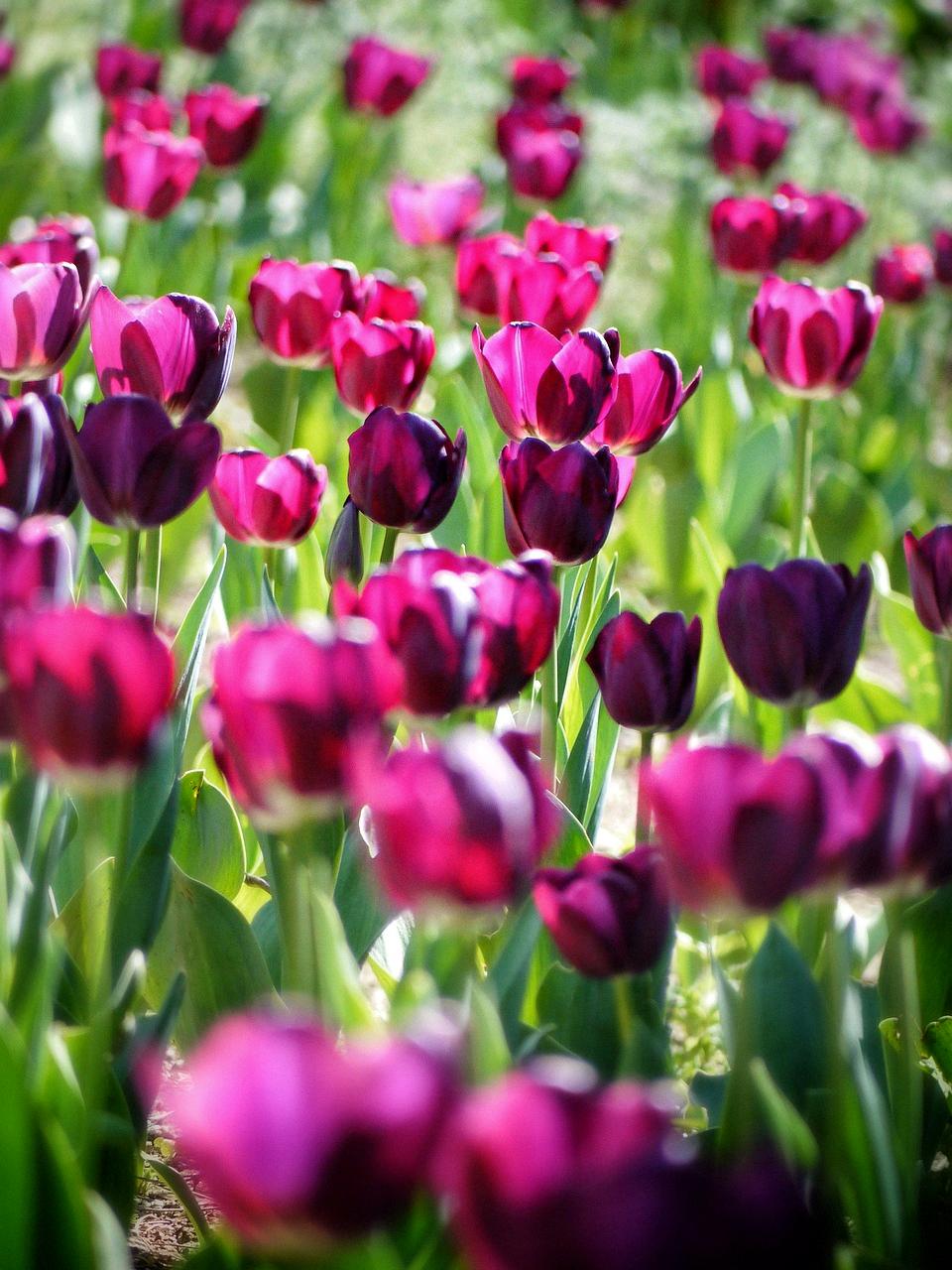The tulip, a flower beloved for its vibrant colors and elegant shape, has a rich and storied history that spans centuries. Originating in Central Asia, specifically in the region now known as Iran (Persia), the tulip first found its roots in the 10th century. Persian poets and artists were captivated by the flower’s beauty and charm, leading to its cultivation in the region and eventual spread to other parts of the world.
The Journey to Europe
By the 16th century, the tulip had made its way to Europe, thanks to the efforts of traders and travelers who brought the exotic flower with them from the Ottoman Empire. The tulip quickly gained popularity among the European elite, who were enchanted by its striking appearance and unique shape. Gardens across the continent soon began to bloom with these colorful flowers, creating a sensation that would endure for centuries.
The Rise of Tulip Mania
In the 17th century, the tulip craze reached its peak in what became known as Tulip Mania. The demand for tulip bulbs soared to unprecedented levels, with prices skyrocketing to exorbitant heights. Tulip bulbs became a symbol of wealth and status, leading to a speculative bubble that eventually burst, causing financial ruin for many involved in the trade.
The Tulip as a Symbol
Throughout history, the tulip has been imbued with symbolic meaning. In Persian culture, the flower represents love and fertility, while in European folklore, it is often associated with prosperity and abundance. The tulip’s graceful form and vibrant colors have made it a popular choice for gardens, weddings, and other special occasions, where its beauty can be appreciated and celebrated.
The Global Spread of the Tulip
Today, the tulip can be found in gardens and flower markets around the world, from Europe to North America, Asia to Africa. Its versatility and beauty have made it a beloved flower in many cultures, where it is cherished for its ability to brighten any space with its dazzling colors and delicate petals. Whether in a formal flower arrangement or a simple bouquet, the tulip continues to captivate and inspire all who encounter it.
Cultivating Tulips
Cultivating tulips requires patience and care, as these delicate flowers have specific needs to thrive and bloom. From selecting the right bulbs to providing adequate sunlight and water, growing tulips can be a rewarding experience for gardeners of all skill levels. With proper care and attention, tulips can flourish and spread their beauty year after year, creating a colorful display that delights the senses.
Tulips in Art and Literature
The allure of the tulip has inspired artists and writers throughout history, who have immortalized the flower in paintings, poems, and prose. From Dutch still-life paintings depicting elaborate tulip arrangements to classic works of literature that use the flower as a symbol of beauty and fleeting youth, the tulip continues to be a source of inspiration and creativity for generations of artists and thinkers.
Preserving the Legacy of the Tulip
As we continue to appreciate and cultivate tulips in our gardens and homes, it is important to remember the rich history and cultural significance of this beloved flower. By understanding the origins and symbolic meaning of the tulip, we can better appreciate its beauty and connect with the traditions that have made it a cherished part of our global heritage. Let us continue to nurture and celebrate the tulip, ensuring that its legacy endures for future generations to enjoy.

